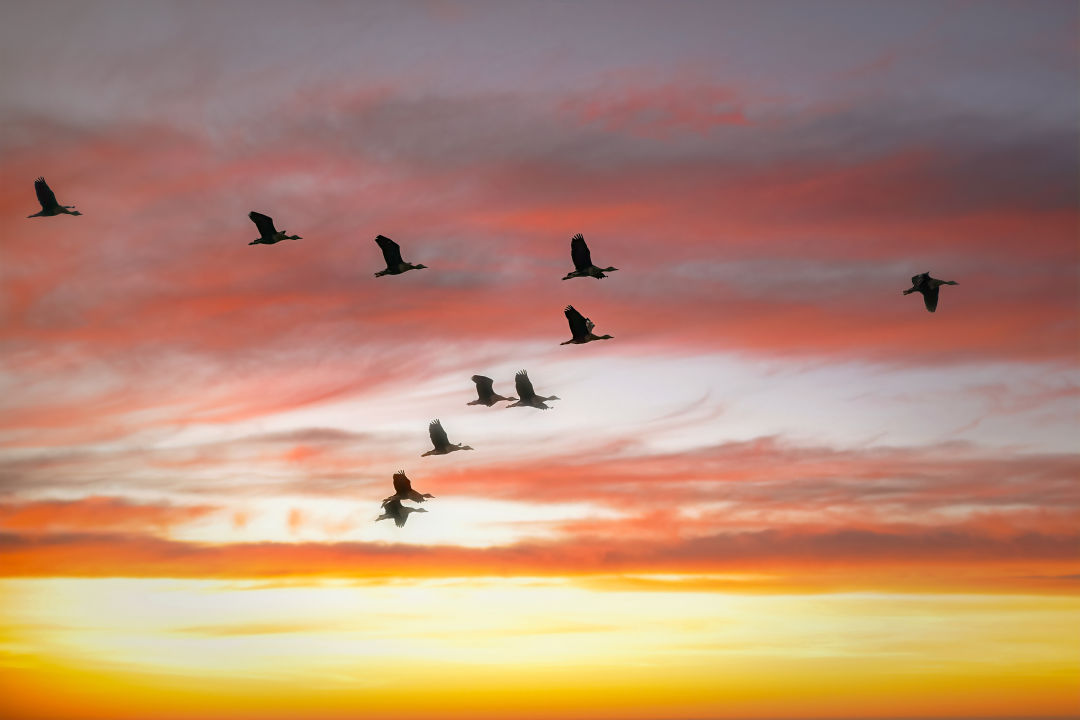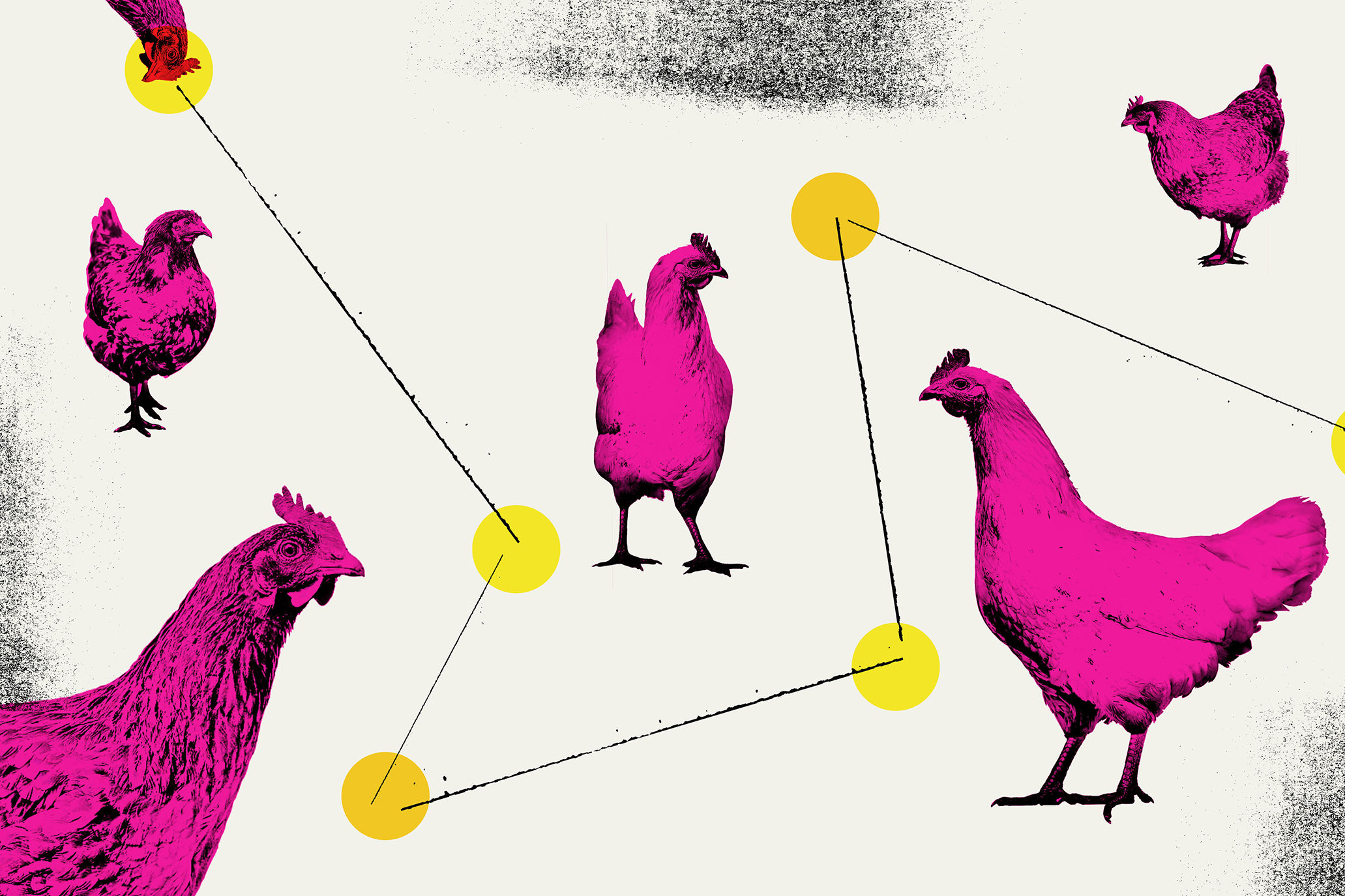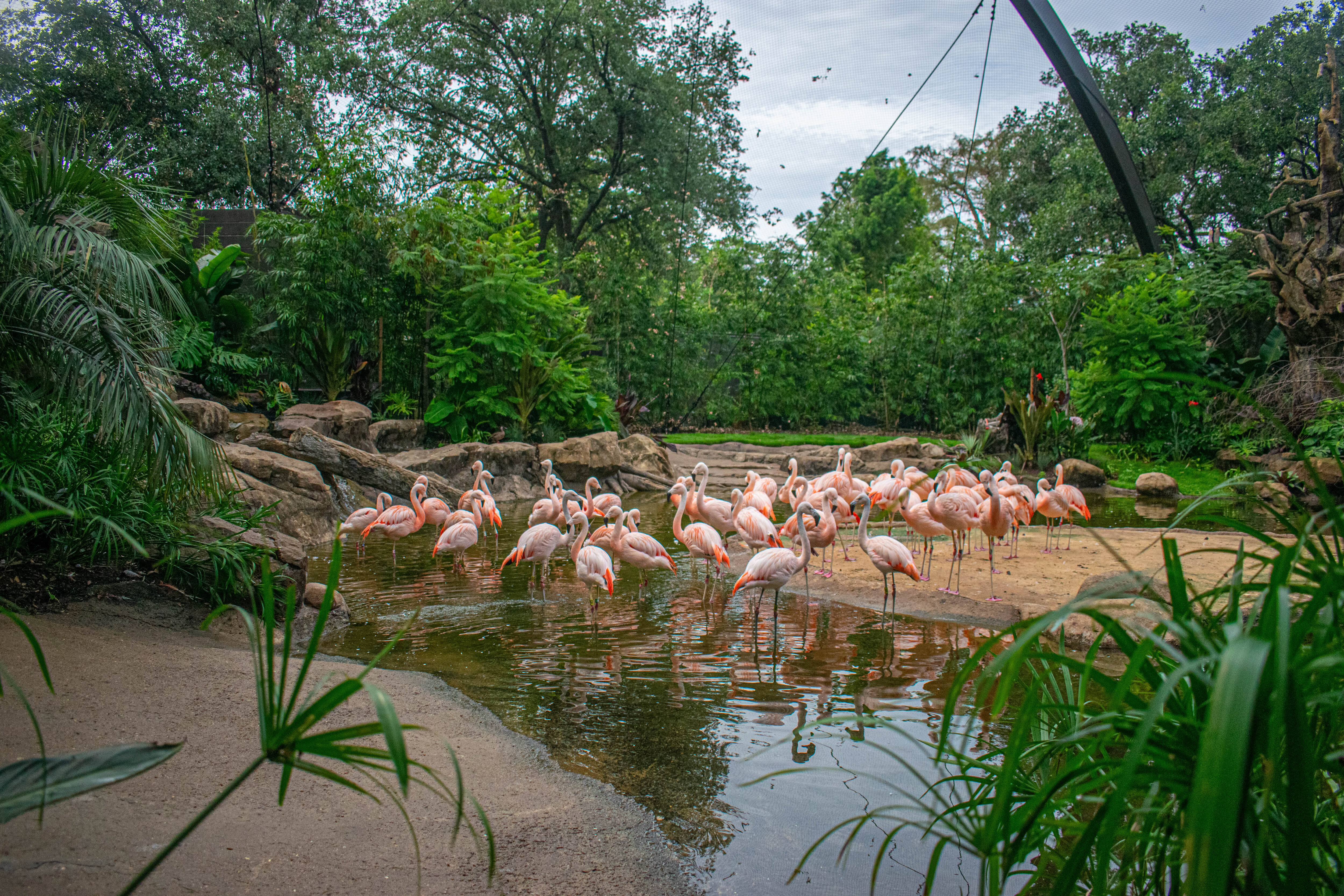It’s Time to Turn out Your Lights at Night, Houston

It’s time to go dark, folks. Houston Audubon and Mayor Sylvester Turner are asking Houstonians to turn off all nonessential lights on buildings from 11 p.m. to 6 a.m. for the next couple of weeks. Why? To save nearly 2 billion birds making their way through Texas.
April 19 to May 7 is peak season for bird migration, and Houston is situated in the Central Flyway—one of the most important avian routes.
The Bayou City is one of the most dangerous cities for avian migration due to our location and high amounts of light pollution. Birds often travel at night and can’t tell the difference between glass and the image it reflects, so lights on buildings can disorient the flocks in potentially catastrophic ways.
Case in point: On a stormy night in early May 2017, thousands of birds passing through Galveston had to fly low, which led many of them to collide head-first with the brightly lit, 23-floor American National Building and caused 400 birds to die.
That incident spurred Houston Audubon to begin its Lights Out Texas initiative, encouraging all Texans to turn off their lights at night during this period. Last fall, the Audubon partnered with the Cornell Lab of Ornithology, as well as Texas Conservation Alliance, Dallas Zoo, the Perot Museum of Nature and Science, and Texan by Nature, to expand the program across the state.
Last week, Mayor Sylvester Turner declared the next two weeks as “Lights Out Nights” for Houston, asking residents to participate in the statewide initiative.
"Along with being beautiful, birds are important to our ecosystem. I encourage everyone to do their part to protect the large number that will be migrating and flying across Texas," the mayor said in release. "The city of Houston will turn off the lights of City Hall during the designated hours, and I hope businesses and residents will follow our example.”
Peak spring migration for our region, April 19– May 7, starts tomorrow! Help protect birds by turning out all non-essential lights from 11 pm-6 am every night during this time. Each night and each light turned out helps save migrating birds. Learn more: https://t.co/p1Lcgefl0I pic.twitter.com/fnKm6OgwFe
— Houston Audubon (@HoustonAudubon) April 18, 2021
Some feathery migration statistics
- Birds from 25 different species died in the 2017 Galveston incident.
- About a third of all migrating birds in the U.S. pass through Texas each spring.
- The U.S. has lost a quarter of its total bird population since 1970.
- About 1 billion birds die each year from building collisions.
- In the Rio Grande Valley alone, bird-watching contributes more than $300 million to the local economy.
- According to one 2016 study, more than 45 million people in the U.S. watch the birds around their homes and away from home.




